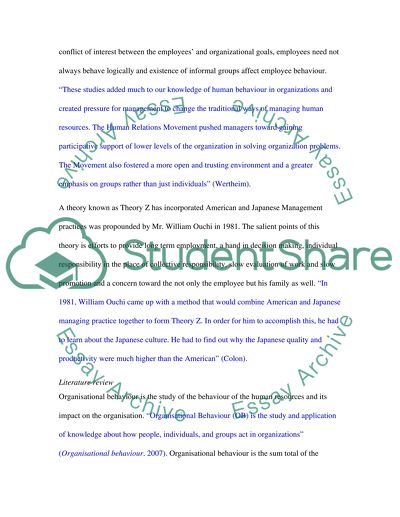Cite this document
(“Analysis of a management practitioner article using relevant Essay”, n.d.)
Retrieved from https://studentshare.org/miscellaneous/1528767-analysis-of-a-management-practitioner-article-using-relevant-organisational-behaviour-theory
Retrieved from https://studentshare.org/miscellaneous/1528767-analysis-of-a-management-practitioner-article-using-relevant-organisational-behaviour-theory
(Analysis of a Management Practitioner Article Using Relevant Essay)
https://studentshare.org/miscellaneous/1528767-analysis-of-a-management-practitioner-article-using-relevant-organisational-behaviour-theory.
https://studentshare.org/miscellaneous/1528767-analysis-of-a-management-practitioner-article-using-relevant-organisational-behaviour-theory.
“Analysis of a Management Practitioner Article Using Relevant Essay”, n.d. https://studentshare.org/miscellaneous/1528767-analysis-of-a-management-practitioner-article-using-relevant-organisational-behaviour-theory.


